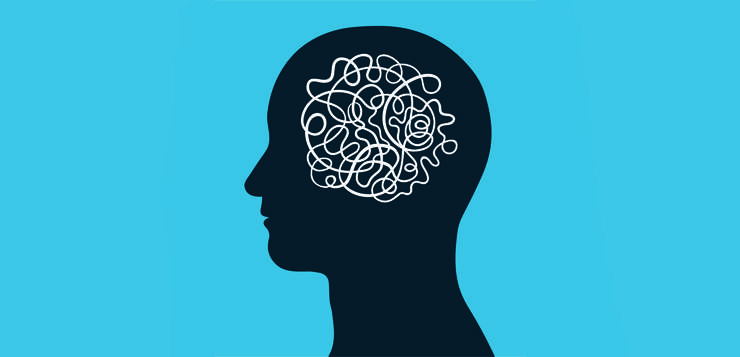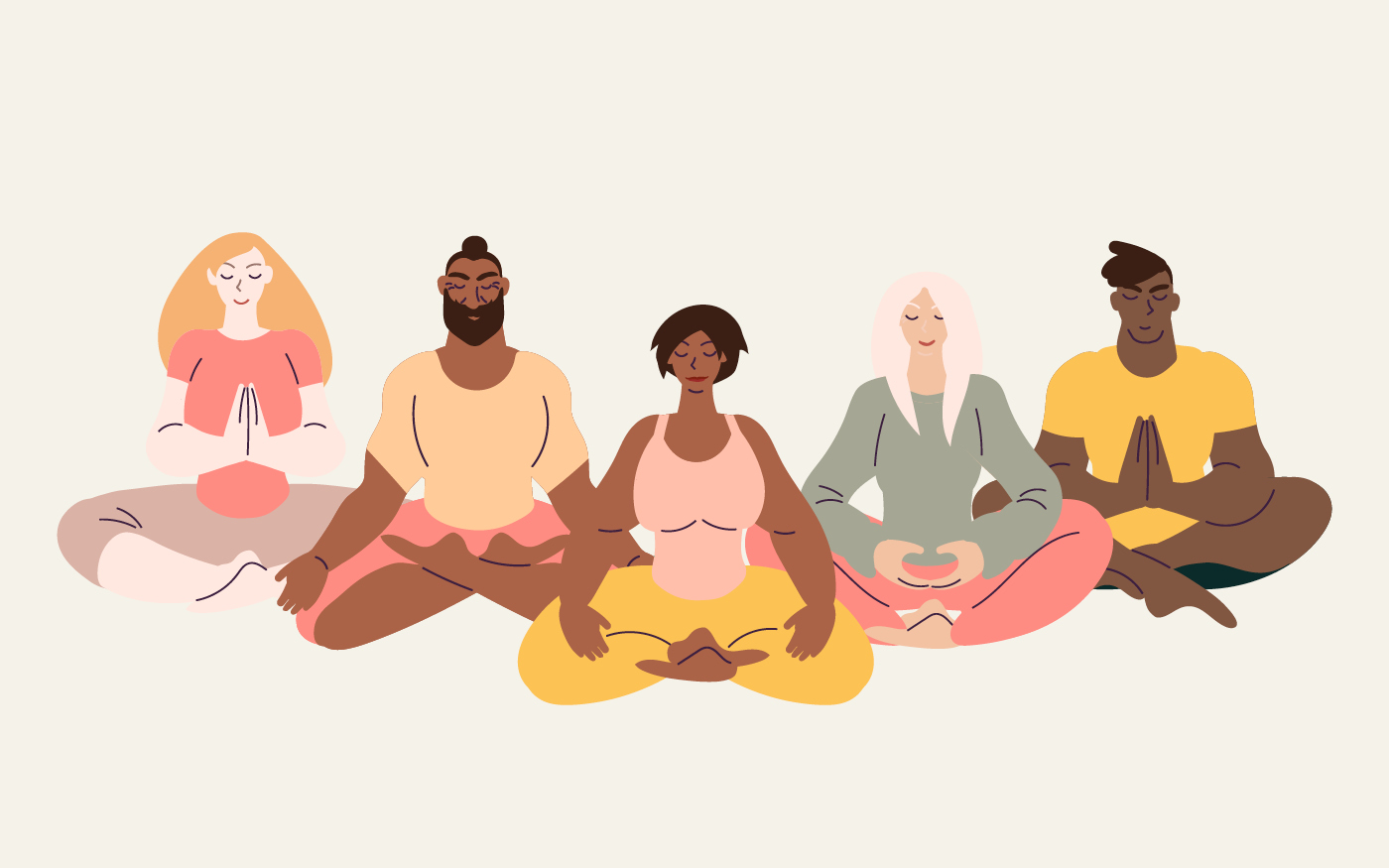The mindful check-in is a brief, one- to five-minute formal practice of checking in to how you’re feeling in the present moment and acknowledging what’s here. Think of it as taking a scan of the internal weather you’re experiencing: noticing physical sensations, your state of mind and any thoughts that are arising, and any emotions that are present. These three realms—physical sensations, thoughts, and emotions—provide a direct connection to your lived experience and are a resource that’s constantly available during your mindfulness practice.
Think of the mindful check-in as taking a scan of the internal weather you’re experiencing: noticing physical sensations, your state of mind and any thoughts that are arising, and any emotions that are present.
Try incorporating this practice into your daily routine. As best you can, do this practice in a quiet space where you won’t be disturbed or distracted. This might mean closing your office door, turning off your phone, or pausing in your car in the driveway when you get home from work. You can do this practice either lying down or sitting. If sitting, aim for a posture that’s supported, balanced, and upright but not rigid. We recommend closing your eyes if you’re comfortable doing so, but it’s also fine to simply lower and soften your gaze.
Listen: Daily Mindful Check-In Meditation
Read through the entire script below first to familiarize yourself with the practice, then do the meditation, referring back as needed and taking three to five minutes for the practice. Alternately, you can listen to the guided meditation:
• Appreciate your time: Take a moment to appreciate yourself for giving yourself the time and space to do this practice. Amidst the hustle of our daily demands, it’s rare for people to consciously and deliberately set aside even a few minutes to just see how they are. Most people are more apt to do this for a close friend, their children, or their partner. Turning this generosity toward yourself warrants some acknowledgment and recognition. With this small gesture, you’re exercising a shift: resisting the tendency to just move along and instead making time and space to take care of yourself. You’re making and honoring an intention to see what’s really within you.
• Kindly attend to the moment. Now bring your full attention to the experiences of your body, your mind, and any thoughts or emotions that you’re aware of, just as they are. There’s no need to judge, analyze, evaluate, or assess your experience. The focus here is simply being with yourself fully, in the present moment and letting it all be. If a tendency to judge or figure things out arises, simply notice and acknowledge that, then gently return awareness of how you are. Continue directing your attention to the experiences of your body, mind, and emotions for about three minutes.
• Acknowledge yourself. As your practice comes to a close, once again acknowledge your willingness to show up and be present to yourself and for yourself, knowing that, in this way, you’re contributing to your wholeness and well-being.
This article has been adapted from A Mindfulness-Based Stress Reduction Workbook for Anxiety by Bob Stahl PhD, Florence Meleo-Meyer MS, MA, and Lynn Koerbel MPH.
https://www.mindful.org/meditate-at-your-desk/
https://www.mindful.org/feeling-separate-when-youre-anxious/








